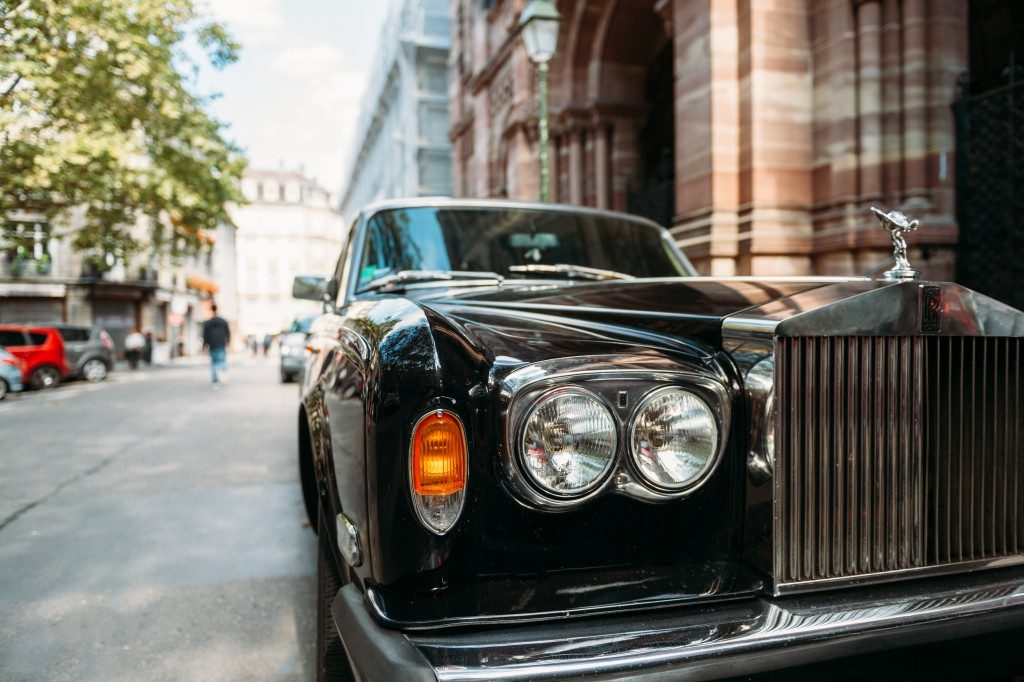If you’re a car enthusiast with a set of essential tools and time to spare, or the owner of an auto repair shop looking for ways to expand your niche, consider taking on a vintage car restoration project. It’s an opportunity to build your skillset and expertise, gain hands-on knowledge of the inner workings of older models, and get steady revenue should you become the go-to repair shop for classic car enthusiasts in your area.
Repairing a vintage automobile is a challenge of your skills as a mechanic and car design expert. There will be parts you need to source from specialist suppliers and paint colors you’ll need to mix perfectly. Every job is different, and you need some of these specialized tools to get things done right.
English wheel
When you’re restoring a classic car, it’s crucial to be able to form, bend, and curve sheet metal to the exact specifications you need, and an English wheel is an indispensable tool for the task. However, you’ll also need to learn the requisite craftsmanship and skill, which is one of the most demanding and enjoyable aspects of this project.
Metal brakes and bead rollers
The main advantage of brakes and bead rollers lies in their ability to quickly shape large sheets, with less practice and skill required. Bead rollers can also create shape impressions in the metal, suitable for detail work. This comes at a cost; however – such machinery can be a significant investment for a side project. You can justify the expense by putting them to good use in your regular auto repair work.
Lathe and milling

Essential to crafting parts according to bespoke specifications and quality, you may want to invest in a combo lathe and milling machine. This gives you convenience and flexibility, cutting and boring different parts down to the precise measurements that you need for your restoration project.
Water cutter
Among the cutting edge technologies, you might need to use water jetting. Industry grade water cutting machines have a wide range of applications in automobile restoration. You’ll be able to cut and trim various parts to a high level of precision without creating a heated area. This lets you match exact measurements and reverse engineer components that are no longer being manufactured.
Abrasive blasting cabinet
Blasting cabinets let you dump dirty car parts inside, and after a few minutes of exposure to the blasting media, they come out clean and smooth. This process saves time and labor and prevents accidental corrosion or staining. If you choose your blasting medium carefully, you’ll be able to fine-tune the balance of careful cleaning versus aggressive finishing.
MIG welder
For the assembly of various car components, you might be already using a standard gas welder or torch. However, vintage car restoration is all about quality, and you’ll want to forge much stronger bonds between your metal pieces. Metal inert gas (MIG) welders are capable of welding most common metals, even up to ¼ inch steel. They are quick to operate and learn, and cost-efficient over the long term. Get one as a useful upgrade that can be used in all your future projects.
The list of equipment can go on, but this should give you an idea of what you need to take on a vintage restoration job. It’s an excellent hobby for the serious enthusiast, and this project could become a lifestyle business and expand the capabilities of your auto repair work.
